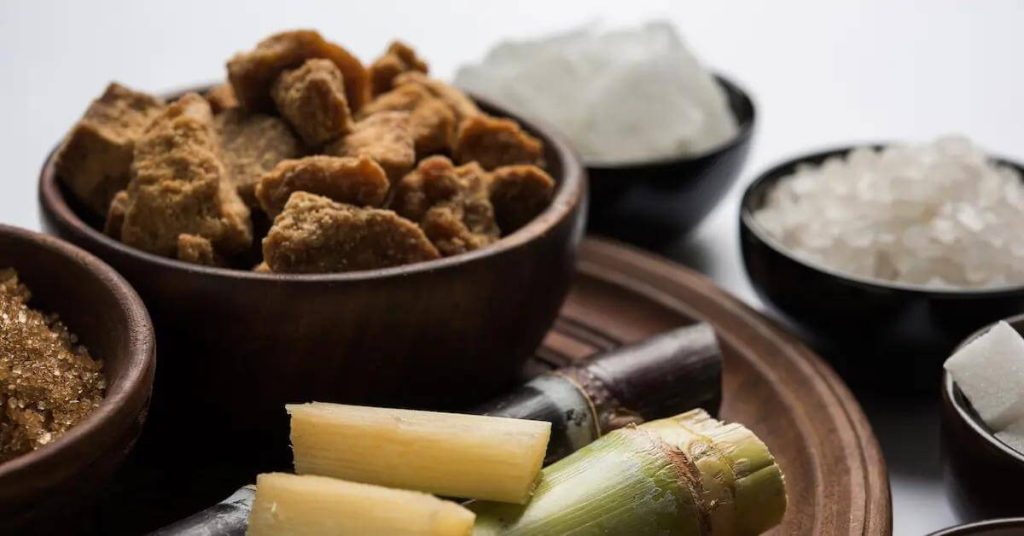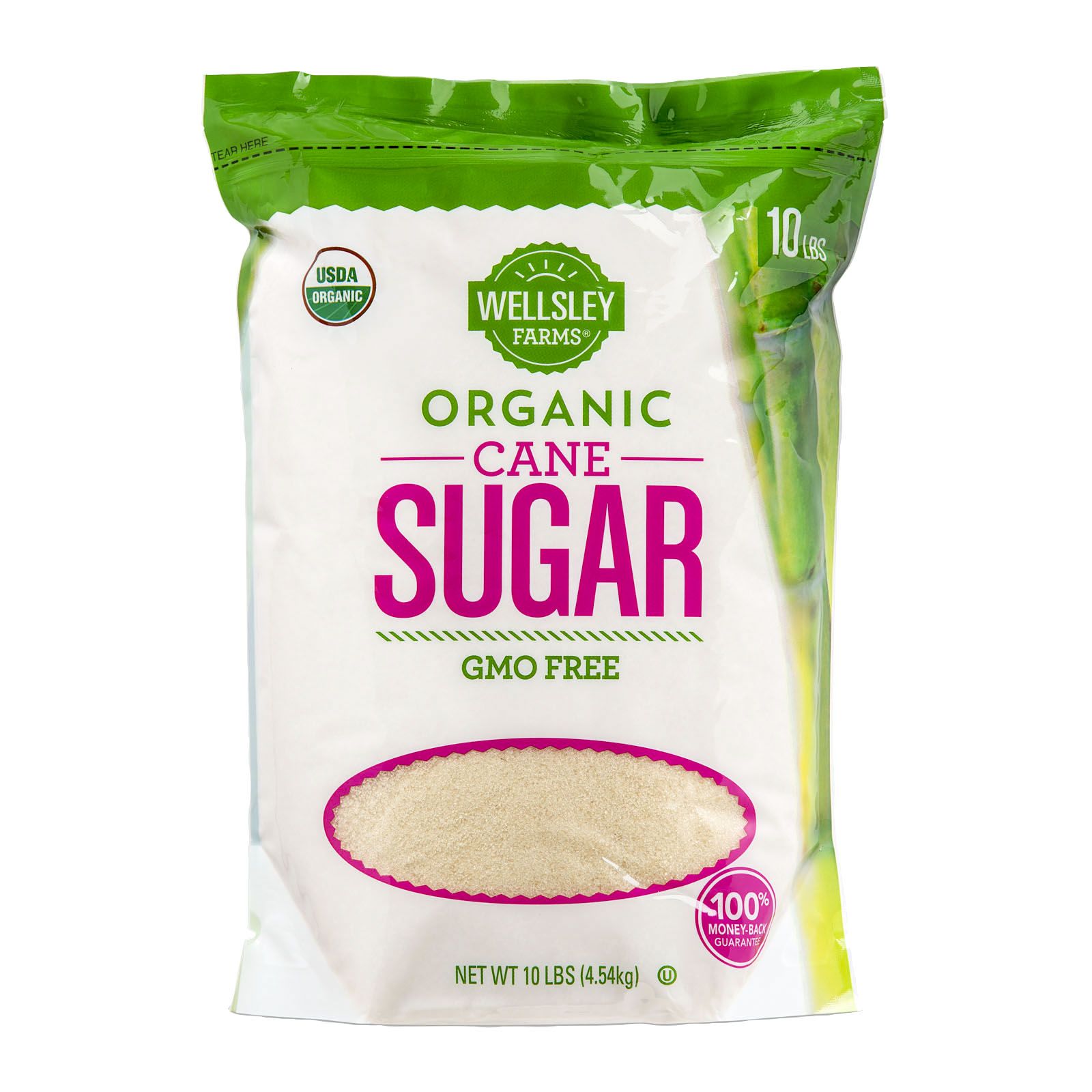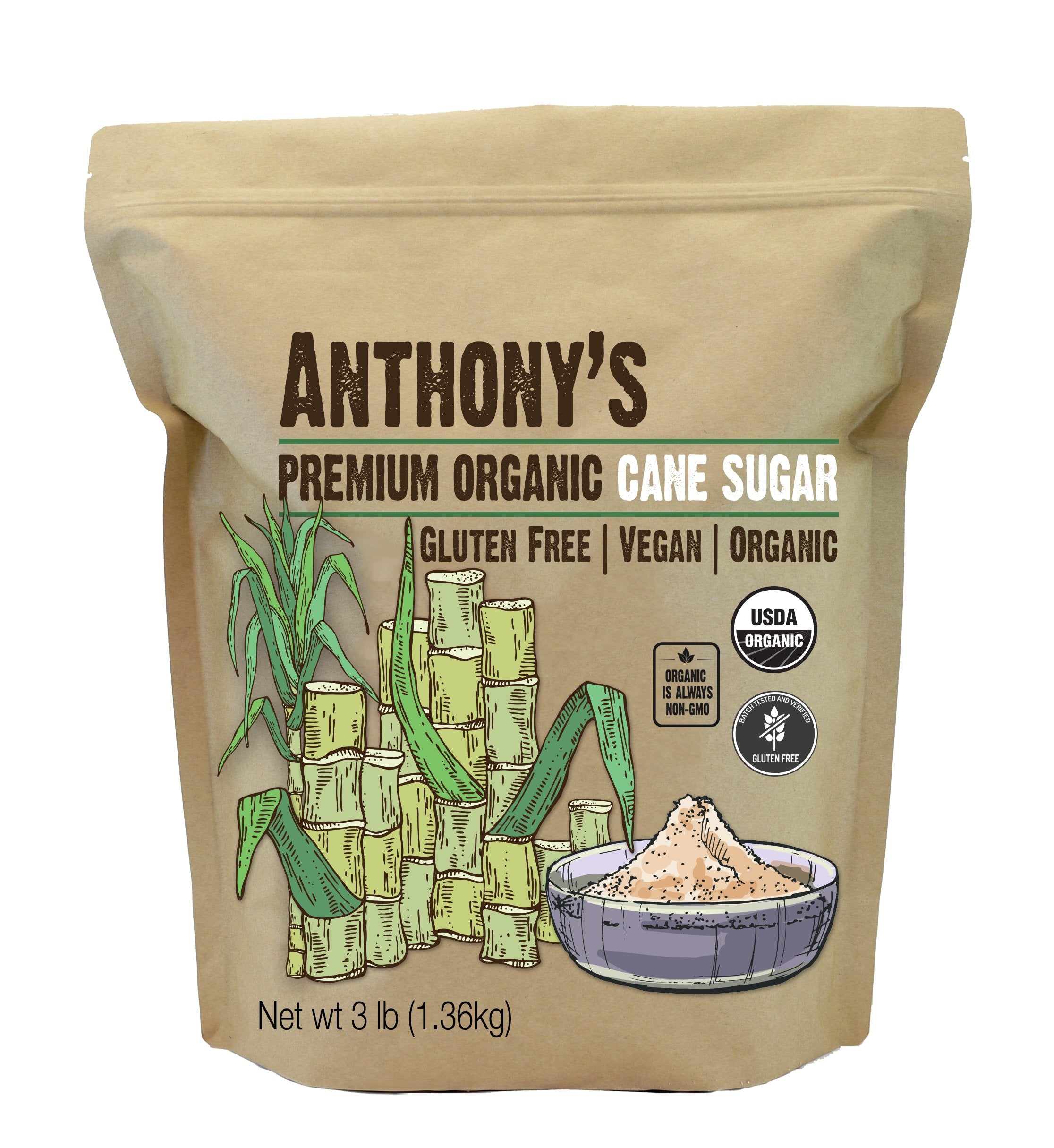Recognizing Cane Sugar Processing: A Comprehensive Introduction of the Stages
Recognizing Cane Sugar Processing: A Comprehensive Introduction of the Stages
Blog Article
Checking Out the Comprehensive Tips Associated With Walking Stick Sugar Handling From Gathering to Improvement
The procedure of walking cane sugar production encompasses a series of detailed steps, starting with the cautious harvesting of sugarcane and culminating in the refinement phases that make sure the last product meets market criteria. Each stage, from the removal of juice to the filtration and formation processes, plays a crucial role in establishing the quality and personality of the sugar. Recognizing these stages not just highlights the intricacy of sugar manufacturing yet likewise raises vital inquiries about performance, sustainability, and advancement in the industry. What effects do these aspects have for future techniques?
Harvesting Sugarcane
Harvesting sugarcane is an essential action in the walking cane sugar processing chain, as it straight influences the top quality and yield of the end product. Appropriate timing and strategies are important throughout this stage to ensure ideal sugar content and decrease losses. Normally, sugarcane is harvested when it reaches maturation, usually 12 to 18 months after growing, characterized by a high sucrose concentration.

Post-harvest, the sugarcane needs to be refined swiftly to stop sucrose degradation. Ideally, gathered cane needs to be carried to processing facilities within 24 hours to preserve sugar high quality. Therefore, efficient logistical planning is important to keep the stability of the gathered crop throughout the supply chain.
Extraction Process

The crushed walking cane is subjected to a collection of pushing procedures to make best use of juice recovery. Typically, warm water is splashed onto the crushed cane, producing a countercurrent flow that aids liquify the sugar while also assisting in the extraction process. The juice collected from this procedure consists of not only sugar yet likewise different organic substances and pollutants.

To improve removal performance, some centers may utilize diffusion approaches, where the sugarcane is taken in warm water, allowing the soluble sugars to diffuse into the liquid. The resulting juice, abundant in sucrose, is after that guided to succeeding handling phases, laying the foundation for filtration and improvement. The removal process is hence pivotal in identifying the top quality and return of the last sugar item.
Filtration Strategies
The filtration methods utilized in walking cane sugar handling are essential for changing the raw juice into a premium sugar product. These approaches mainly intend to eliminate impurities, such as dirt, plant products, and inorganic materials, which can negatively impact the final item's flavor and color.
Among one of the most typical filtration techniques is explanation. This procedure includes adding lime and warmth to the raw juice, which facilitates the coagulation of impurities. The resulting precipitate is then gotten rid of through sedimentation or filtering, yielding a clearer juice. Additionally, making use of phosphoric acid can improve the clarification process by further binding impurities.
An additional considerable method is carbonatation, check over here where carbon dioxide is presented to the made clear juice. This response generates calcium carbonate, which captures continuing to be contaminations and advertises their elimination.
Furthermore, activated carbon treatment might be put on adsorb any kind of staying colorants and natural impurities, ensuring a much more refined product. The combination of these techniques effectively prepares the sugar juice for subsequent steps in the refining procedure, setting the stage for the production of premium walking cane sugar.
Condensation Methods
After the purification stage, the following crucial step in walking cane sugar processing entails condensation methods, which play a crucial role in transforming the made clear juice into strong sugar. This procedure generally uses two main methods: spontaneous crystallization and controlled condensation.
In spontaneous formation, supersaturated sugar remedies are permitted to cool down normally, leading to the formation of sugar crystals over time. This approach allows for the uniform growth of sugar crystals and greater purity.
Throughout condensation, the clarified juice is focused through evaporation, enhancing its sugar web content till it reaches supersaturation. Once this point is attained, either approach can facilitate the condensation process. Cane Sugar Processing. The resultant sugar crystals are then separated from the staying syrup with centrifugation
Eventually, the choice of formation technique affects the high quality, dimension, and purity of the final sugar item, making this step essential in the total cane sugar handling treatment.
Refinement and Packaging
Just how can the purity and high quality of walking stick sugar be further enhanced after formation? The improvement process plays a vital function in accomplishing high-quality walking stick sugar.
Next, the sugar goes through a process called centrifugation, where it is rotated at broadband to separate the cleansed sugar crystals from the remaining fluid. After centrifugation, the sugar is usually additional improved via an approach called carbonization or phosphatation, which utilizes turned on carbon or phosphoric acid to get rid of color and off-flavors.
Once improved, the sugar is dried out to attain the preferred wetness material, making certain that it remains secure throughout storage space and transport. The last action involves packaging the refined sugar in impermeable and moisture-proof containers to keep its high quality and avoid contamination. Cane you can try here Sugar Processing. Proper packaging not just prolongs life span but additionally helps with very easy handling and distribution, ensuring that consumers get sugar that satisfies the highest requirements of pureness and top quality
Verdict
The thorough steps associated with cane sugar processing, from the meticulous harvesting of sugarcane to the elaborate refinement and product packaging phases, highlight the relevance of each stage in guaranteeing top quality sugar production. Ideal harvesting strategies, reliable removal methods, and extensive purification procedures collectively add to the final product's purity and security. The formation and succeeding product packaging methods further boost the honesty and rack life of the sugar, highlighting the intricacy and accuracy fundamental in this vital farming industry.
The procedure of cane sugar production includes a series of complex steps, starting with the mindful harvesting of sugarcane and culminating in the improvement phases that ensure the last item fulfills sector standards. Ideally, harvested cane must be transferred to refining facilities within 24 hours to protect sugar quality.In spontaneous crystallization, supersaturated sugar options are permitted click this site to cool down normally, leading to the formation of sugar crystals over time - Cane Sugar Processing. The improvement procedure plays a critical function in attaining top notch walking cane sugar.The extensive actions included in cane sugar handling, from the meticulous harvesting of sugarcane to the detailed refinement and product packaging stages, highlight the relevance of each stage in guaranteeing high-quality sugar production
Report this page